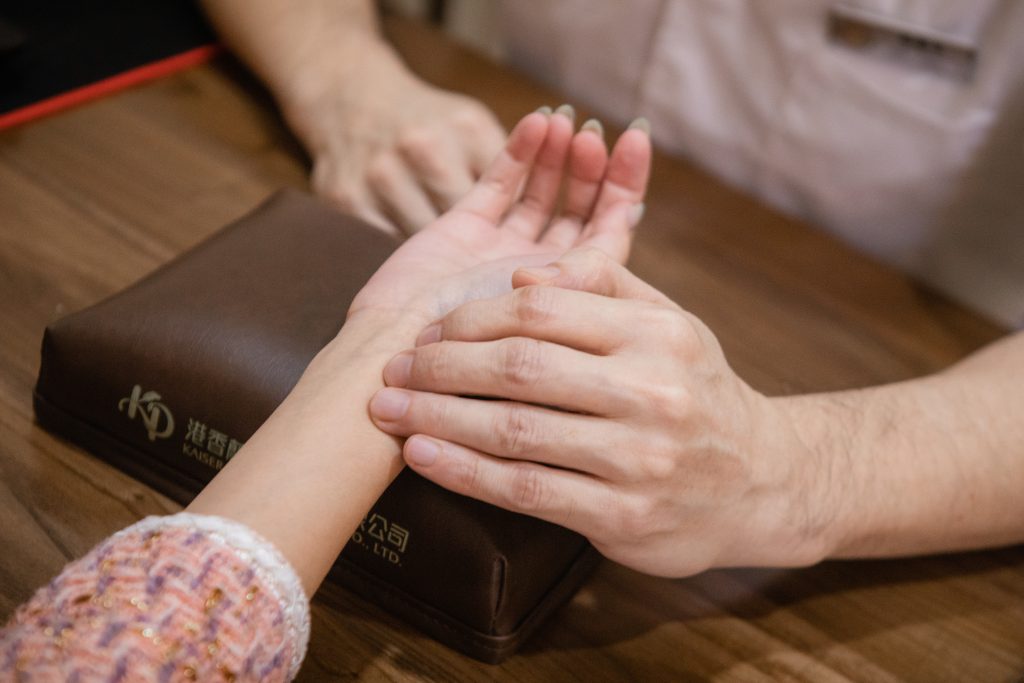Unlock Better Rest: Discover the Most Effective Acupressure Points for Sleep
- seocreed
Why We All Need Better Sleep, And How Acupressure Can Help
Let’s be honest, we’ve all had those nights when no matter how tired we feel, sleep just won’t come. Whether it’s stress, overthinking, or simply poor habits, struggling with sleep has become a modern-day epidemic. That’s where acupressure points for sleep come in.
We believe natural healing methods, especially those rooted in Traditional Chinese Medicine (TCM), offer powerful ways to rebalance our bodies. Acupressure, a cousin of acupuncture, stimulates key energy points, without needles, to encourage deep relaxation and improve sleep quality. If you’re new to the concept or skeptical, stay with us. It’s surprisingly simple, and yes, it works.
What Is Acupressure and How Does It Work?
Acupressure is a healing technique that’s been used for thousands of years in TCM. It’s all about stimulating specific pressure points on the body to release tension, enhance circulation, and bring balance to the body’s energy, or Qi.
Unlike acupuncture, which uses needles, acupressure only requires your hands. That makes it easy to do at home, anytime, especially right before bed.
When it comes to sleep, certain points are believed to regulate the nervous system, calm the mind, and reduce overthinking. If you’ve ever found yourself lying awake with a racing brain, you know how crucial that can be.
Top 5 Acupressure Points for Sleep That We Recommend
Let’s dive into the real gems, the acupressure points for sleep that we’ve found most effective. Try these as part of your wind-down routine and see how your body responds.
1. Anmian (Peaceful Sleep Point)
Located just behind your ear, this point lives up to its name. Gently massaging it for 2–3 minutes on each side before bed can help quiet your thoughts and ease you into a restful state.
2. Shenmen (Heart 7)
This point lies on the inner wrist, right where your hand meets your forearm. It’s known to calm the spirit and relieve anxiety, two major sleep disruptors. We like to press this point when winding down from a hectic day.
3. Yintang (Third Eye Point)
Right between your eyebrows, this spot is perfect for reducing stress and grounding the mind. Use gentle circular motions and you’ll notice a surprising calm wash over you.
4. KD1 (Bubbling Spring)
Found on the sole of your foot, near the top third of your foot pad, KD1 is great for drawing energy downward and releasing tension. Perfect after a long day of mental overdrive.
5. SP6 (Sanyinjiao)
Located a few finger-widths above the inner ankle bone, this point helps harmonize the spleen, liver, and kidney meridians. It’s not just good for sleep, but also for hormonal balance.
Tips on How to Use Acupressure Before Bed
You don’t have to hit all five points every night. We suggest experimenting with one or two at a time and seeing how your body reacts. Here’s how we recommend you approach it:
- Create a calm setting, dim the lights, silence your phone, maybe light a candle.
- Use steady pressure, not too hard, but firm enough to feel.
- Breathe deeply while applying pressure, and focus on relaxing each part of your body.
Remember, this isn’t a quick fix, but a gentle and consistent practice. That’s how nature works, slowly, quietly, and deeply.
What Science Says About Acupressure and Sleep
While acupressure may sound mystical, there’s growing evidence supporting its benefits for sleep. Multiple studies have shown that regular stimulation of certain points can:
- Reduce time taken to fall asleep
- Improve overall sleep quality
- Decrease symptoms of insomnia and anxiety
In fact, a 2020 study in the Journal of Sleep Research found that participants who practiced acupressure for just two weeks showed measurable improvements in sleep latency and efficiency. Still, we’re not saying this is the only solution. But as part of a holistic routine, it can make a real difference, and unlike medication, it has zero side effects.
Gentle Transition to TCM Approaches
If you’re interested in exploring deeper practices, there are other holistic options worth considering. For example, TCM acupuncture for stress has shown promising effects not only on mental tension but also on improving sleep indirectly. It’s another natural step forward if you feel ready to go beyond self-administered acupressure.

Sleep Is the First Step Toward Balance
Deep down, we all long for restful nights, the kind that leave us refreshed and ready to take on what life throws our way. And sometimes, the answer doesn’t lie in a new pillow or another sleep app, but in reconnecting with age-old methods that honor the body’s natural rhythms.
These simple yet powerful acupressure points for sleep might just be the shift your evenings need. Over time, with consistent practice, they can help bring a sense of calm that modern life often disrupts.
If this approach resonates with you, and you’re curious about how Traditional Chinese Medicine can support your overall wellbeing, not just your sleep, we welcome you to discover more through G&G TCM Medical. The path to healing might be gentler than you think.
FAQs Section
Can children or elderly people try acupressure?
Yes, but with gentler pressure and possibly guidance from a professional or caregiver.
How long should I press each acupressure point for sleep?
Usually 1 to 3 minutes is sufficient. The key is consistent, gentle pressure combined with slow breathing.
Can acupressure replace sleep medication?
While acupressure can support natural sleep, it’s not a direct replacement for medical treatment. Always consult a healthcare provider if you have severe insomnia.
Are there any side effects?
Generally, acupressure is safe. But avoid pressing too hard, especially on sensitive areas or if you have an injury.
How soon will I see results?
Some people feel more relaxed after just one session, but for lasting results, practice it consistently over several days or weeks.

